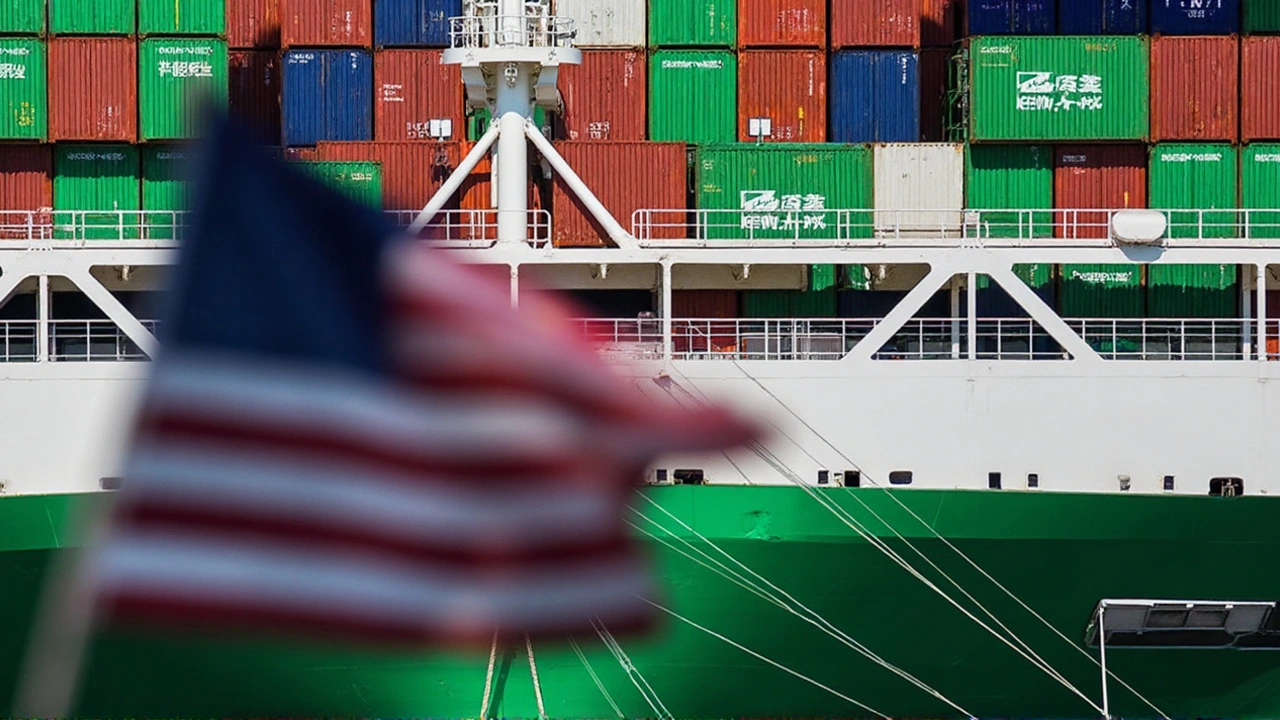Trump tariffs made headlines as the U.S. government aimed to change trade dynamics, especially with China. But what exactly are these tariffs? Simply put, tariffs are taxes on imported goods designed to make foreign products more expensive and protect local industries. President Trump's administration used tariffs to pressure trading partners and try to boost American manufacturing jobs.
One of the most significant moves was the tariff war with China, where both countries hit each other with import taxes on hundreds of billions of dollars worth of goods. The goal was to reduce the U.S. trade deficit and challenge China's trade practices. But how did this actually affect everyday people and businesses?
The tariffs raised costs for companies relying on imported materials, which often passed those costs to consumers. That meant many goods, from electronics to clothing, became more expensive. For farmers and manufacturers exporting goods to taxed countries, retaliatory tariffs made selling their products harder, hitting profits and jobs. Several businesses had to rethink their supply chains, moving production out of China or finding new suppliers.
On the other hand, some American industries saw benefits, like steel and aluminum, which got a boost thanks to protection against cheaper imports. But the overall impact on the economy is a mixed bag—some sectors gained, while others struggled with the increased costs and trade uncertainty. It also disrupted global trade flows and caused headaches for companies navigating changing tariff lists.
Even after the Trump administration ended, tariffs remain a topic of discussion. Some have been lifted or reduced, but many still stay in place, influencing trade policies today. The tariffs sparked debates about balancing protectionism with global cooperation—how much should a country shield its industries without sparking trade wars?
For consumers and businesses, it’s a reminder that trade policies can directly affect pricing, supply options, and market competition. Keeping an eye on updates and understanding tariffs helps when making purchasing or investment decisions. In a world where trade rules can shift fast, knowing the story behind tariffs gives you an edge.
Ultimately, Trump tariffs showed how trade policy is a powerful tool with wide-reaching effects. Whether you're a business owner, an investor, or just curious about economics, it’s worth grasping what these tariffs mean and how they shape markets day to day.
